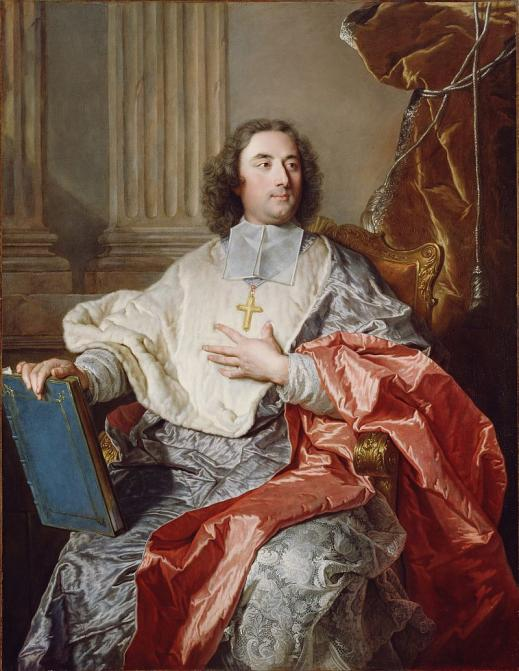

Wolfenstein 2009 itself was considered sort of a reboot to the series, or the start of an alternate timeline (much as Wolfenstein: The New Order went on to do again).

Wolfenstein (2009) can largely fit into the 'id timeline', but there maybe some further inconsistencies with the Classic Wolfenstein material in relationship to it. But again it is influenced by any inconsistencies involved with the various source material. There is some overlap between Original Timeline, and the Wolfenstein/Doom/ID universe timeline (which is based on material up to Wolfenstein RPG and RTCW, but released mostly before Wolfenstein (2009). So there isn't necessarily a 'consistent' 'Classic' timeline related to the game (but what is included below is based on the related material).
#WOLFENSTEIN WIKI VALENTIN MANUALS#
Note: There are multiple versions of Wolfenstein 3D with various alternate game endings per the various versions of the games, in addition to alternate backstories in manuals and game guides (and additional material added in 'later games') which discuss various and often inconsistent details.

#WOLFENSTEIN WIKI VALENTIN SERIES#
Muse timeline: Timeline of the original Wolfenstein series from Muse Software.Classic timeline: Wolf 3D, Spear of Destiny, and ports).ID Universe timeline: An composite iD related 'crossover' timeline that ties many of their classic series together including Wolfenstein RPG/DOOM RPG series).RTCW timeline: Aborted timeline from the RTCW.Wolf2 timeline: Aborted timeline from the 2009 Activision reboot.Includes around 4 alternate universes for choices in each game. MG timeline: The current Wolfenstein continuity, covering The New Order, The Old Blood, The New Colossus, Cyberpilot, and Youngblood.As such, they are covered separately, in reverse order of age: Even versions of the same game may have alternate endings or storylines depending on the version released or the platform it was released on so there isn't necessarily any one consistent timeline, and in some cases dates overlap, or alternate dates are given for the same events. All timelines depict fictional versions of World War II, mixing real time events and alternate events created for the series.Įach timeline variant was introduced by different publishers, and developers and producers who have contributed to the series (these include Muse Software, Id Software, Apogee, Activision, FormGen, Gray Matter Interactive, Nerve Software, Splash Damage, Three Wave, Raster Production, Raven, Machine Games, Bethesda, and others). This timeline covers significant dates within the Wolfenstein series (and their separate continuities and Canons).Įach separate timelines include the classic games and the current set of games take place mostly within the time of World War II and afterward. If an article link led you here, please change the link to point directly to the intended page.


 0 kommentar(er)
0 kommentar(er)
